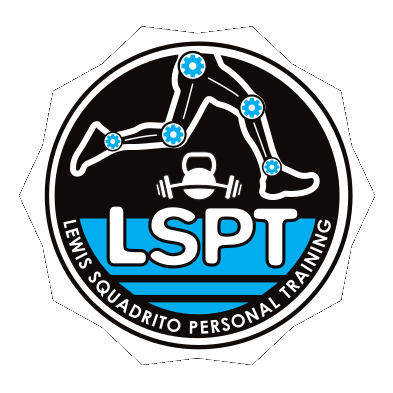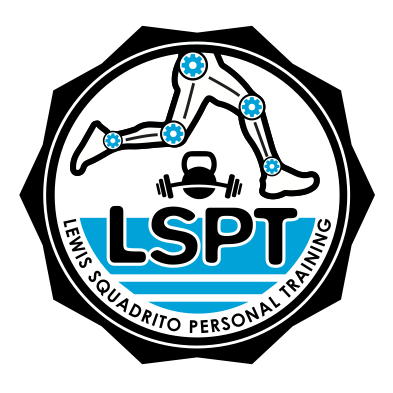Introduction
The impact of nutrition on sports performance encompasses a broad spectrum of factors. Athletes are often torn between the benefits of real, raw foods and the convenience of processed energy products. This comprehensive article examines the pros and cons of each, considering their effects on mitochondrial function, endurance, and overall health.
Real Foods for Athletic Performance
Pros
- Enhanced Nutrient Absorption: Real foods provide a variety of nutrients in their natural form, aiding in better absorption and utilization.
- Mitochondrial Benefits: Diets rich in whole foods can enhance mitochondrial function, essential for endurance athletes.
- Long-term Health: A diet based on real foods reduces the risk of chronic diseases.
Cons
- Convenience: Real foods are often less convenient than processed options, particularly during competitions or intense training.
- Digestive Issues: High-fiber real foods might cause gastrointestinal discomfort during high-intensity activities and may have a higher metabolic cost in digesting these foods.
Processed Bars and Gels
Pros
- Quick Energy: offering a swift and easily digestible source of energy. Human digestion begins in the mouth, where the sugar compounds in the gels and bars are immediately accessible and highly potent. The body is capable of absorbing these nutrients through the tongue and cheeks, allowing for direct delivery into the bloodstream. This ensures that the energy is rapidly transported to the muscles for use, providing an efficient energy boost.
- Portability: Convenient for consumption during sports activities.
Cons
- Nutrient Deficiency: Lack the complexity of whole foods.
- Long-term Health Risks: Potential nutritional imbalances and health issues. It is speculated in the health and fitness industry that excessive use or reliance on gels and bars as training aids can lead to cardiovascular implications such as heart palpitations/arrythmia, difficulties regulating blood pressure and atherosclerosis.
- Gastrointestinal distress: Processed foods, especially gels can be so potent at times that they can give an athlete stomach cramps after ingesting.
Hydration Strategies
Hydration is crucial for endurance athletes. It’s not just about drinking water; electrolyte balance is key. Effective hydration strategies involve drinking fluids with electrolytes during training and competitions to maintain optimal performance and prevent dehydration-related issues.
Macronutrient Ratios
Endurance athletes require specific macronutrient ratios:
- Carbohydrates: Primary energy source, especially important during high-intensity training.
- Proteins: Essential for muscle repair and recovery.
- Fats: Important for long-duration, low-intensity activities. These ratios can vary based on the intensity and duration of the activity.
Micronutrient, the forgotten nutrient
Endurance athletes are often very aware of the importance of getting in their carbs, fats and proteins. But it is also very important for them to consider their micros. Vitamins and minerals play a pivotal role in enhancing the recoverability of the athlete as well as energy production and cognitive function.
Microbiome and Gut Health
The gut microbiome, comprising trillions of bacteria, plays a pivotal role in health and performance. A balanced microbiome aids in nutrient absorption, inflammation control, and immune function. Diets rich in varied, whole foods support a healthy microbiome, which is crucial for endurance athletes’ performance and recovery.
Supplementation for Endurance Athletes
Pros and Cons
- BCAAs: Aid in muscle recovery; excessive use might affect liver health.
- Omega-3 Fatty Acids: Reduce inflammation but can cause thinning of the blood in excess amounts.
- Vitamin D: Essential for bone health; too much can lead to toxicity.
- Creatine: Improves short-burst energy but can cause weight gain.
- Protein Powder: Supports muscle repair; overconsumption can lead to kidney stress.
- Calcium: Vital for bone strength and helps improve contractility of muscles; excess intake can lead to heart and kidney issues.
- Antioxidants: Combat oxidative stress; high doses can interfere with training adaptations.
- Electrolytes: Crucial for hydration; imbalance can cause cramping and other health issues.
- Iron: Essential for oxygen transport; excess can cause gastrointestinal problems.
- Fish Oil: Benefits cardiovascular health; high doses can increase bleeding risk.
- Caffeine: Boosts performance; overuse can lead to insomnia and anxiety.
Impact of Diet on Sleep and Recovery
Diet directly affects sleep quality and recovery. Certain foods can promote better sleep, enhancing recovery and performance. Conversely, poor dietary choices can disrupt sleep patterns, adversely affecting recovery and training outcomes.
Psychological Aspect of Eating
Diet influences not only physical but also mental health. Managing food cravings, avoiding eating disorders, and maintaining a positive relationship with food are crucial for athletes. Balanced nutrition supports both physical performance and mental well-being.
Conclusion
The choice between real foods and processed sports products should be personalized. A balanced approach, favoring real foods for overall health and processed products for specific sports scenarios, is generally optimal. Athletes should also consider hydration, macronutrient balance, gut health, supplementation, and the psychological aspects of eating to optimize performance and health.


